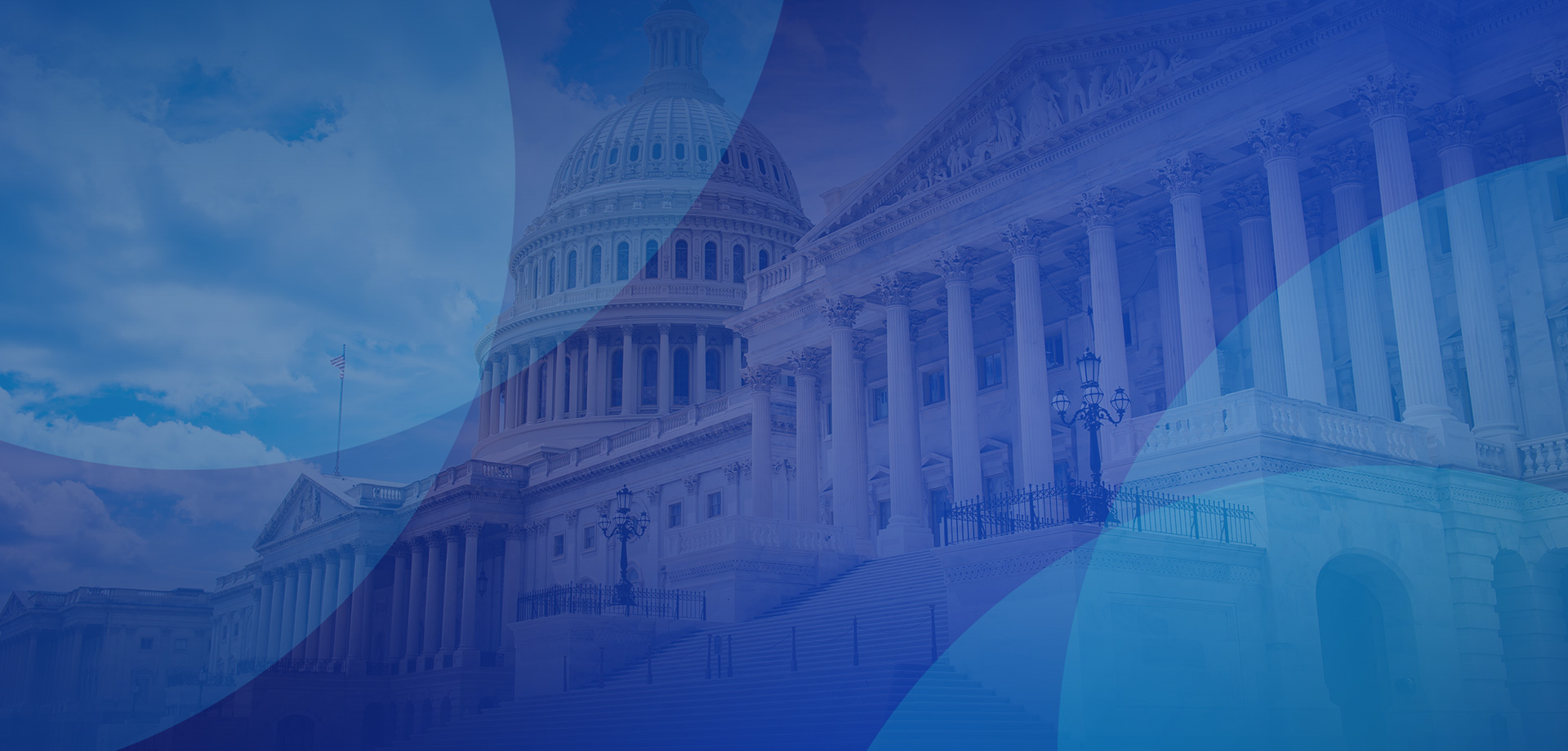Filing for a Chapter 13 bankruptcy after completing a Chapter 7 bankruptcy, commonly referred to as a Chapter 20 bankruptcy, is one way to take care of debts not cleared by the Chapter 7. To clarify, a Chapter 7 bankruptcy will often leave the debtor with certain debts still intact. While credit cards payments may have been forgiven, unaddressed car and mortgage payments will still remain after a Chapter 7.
A Chapter 20 bankruptcy helps the debtor put those unaddressed debts into an easily payable order. The following are common reasons for filing for Chapter 20 bankruptcy:
- Behind on Mortgage or Car Payments – Even though the debt for a mortgage or car payment has been discharged by the Chapter 7, the creditor’s liens remains in effect. As such, your house can be foreclosed and car repossessed if you fail to make payments.
- Priority Debts – Certain priority debts cannot be discharged in a Chapter 7, such as recently acquired tax obligations. However, you can reorganize them into a repayment plan in a Chapter 13.
- Unpaid Alimony and Child Support – Similarly, Chapter 7 does not discharge unpaid alimony or child support; however, they can be reorganized into a Chapter 13 payment plan.
What Are the Benefits of a Chapter 20 Bankruptcy?
One chief benefit of a Chapter 20 bankruptcy is that some debtors may not be eligible for a Chapter 13 bankruptcy without the prior Chapter 7. Anyone with more than $360,475 of unsecured debt and $1,081,400 of secured debt is not eligible for a Chapter 13 bankruptcy. However, a debtor can reduce his her debt to Chapter 13 eligible levels through a prior Chapter 7.
In addition, the Chapter 13 portion of a Chapter 20 bankruptcy helps to organize priority and secured debts into a simple payment plan. As previously stated, car payments, mortgages, child support and alimony are not discharged by a Chapter 7 but can be reorganized in a Chapter 13 bankruptcy.
What are the Disadvantages of a Chapter 20 Bankruptcy?
The main disadvantage of a Chapter 20 bankruptcy is the potential inability to engage in liens stripping in the Chapter 13 stage. Normally, liens stripping is used to rid a debtor of a second mortgage incurred because he or she owes more on an asset than its actual value. After the recent housing crisis, many homes lost value and homeowners paid mortgages worth more than the house. Some bankruptcy courts do not allow liens stripping, which is normally permitted in a standard Chapter 13 bankruptcy and in a Chapter 20 bankruptcy.
Bankruptcy Attorneys Around Washington DC
It is wise to consult with an experienced bankruptcy attorney before undergoing a Chapter 20 bankruptcy. Not every bankruptcy court handles the process the same way. Sound legal advice is a necessity for surviving a Chapter 20 bankruptcy with your finances intact. Do not hesitate to seek out the aid of a bankruptcy law firm; you will be glad that you did.
